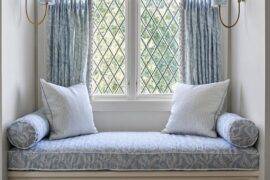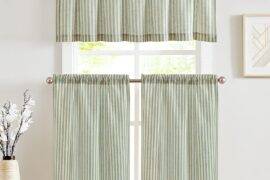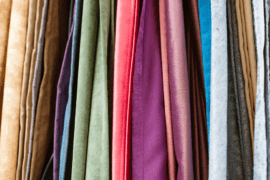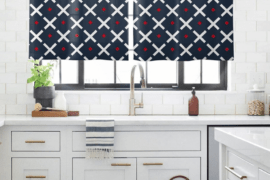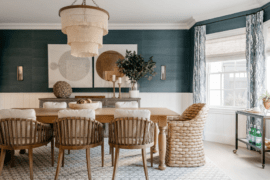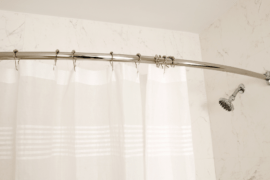When we get to talking about the specifics of home decor, the debate of drapes vs curtains emerges as a pivotal aspect of interior design that can significantly influence the ambiance and functionality of a room. While both serve as window treatments that enhance privacy, control light and add aesthetic appeal, understanding their unique characteristics and how they can transform a space is essential.
As you continue on reading, we will shed light on the differences between the two, setting the stage for a deeper exploration into how they can be effectively utilized in different settings. By navigating through the distinctions, homeowners and decorators alike can make informed decisions that reflect their style preferences and practical needs.
As we venture further into this topic, we’ll uncover the fabric choices, lengths, and lining options that set them apart, as well as the specific environments where each excels.
Whether you’re aiming for formal elegance or casual coziness, this exploration will equip you with the knowledge to craft inviting spaces that resonate with your personal taste. So, let’s begin this creative exploration, keeping in mind that the choice between drapes and curtains isn’t just about covering a window; it’s about framing the view of your world in a way that complements your lifestyle and aesthetic aspirations.
Understanding Drapes
When exploring the realm of window treatments, the debate between drapes vs curtains often surfaces, highlighting the distinct characteristics and uses of each. Drapes, specifically, are known for their thicker fabric, which serves not only as a barrier to sunlight but also as an elegant addition to a room’s decor.
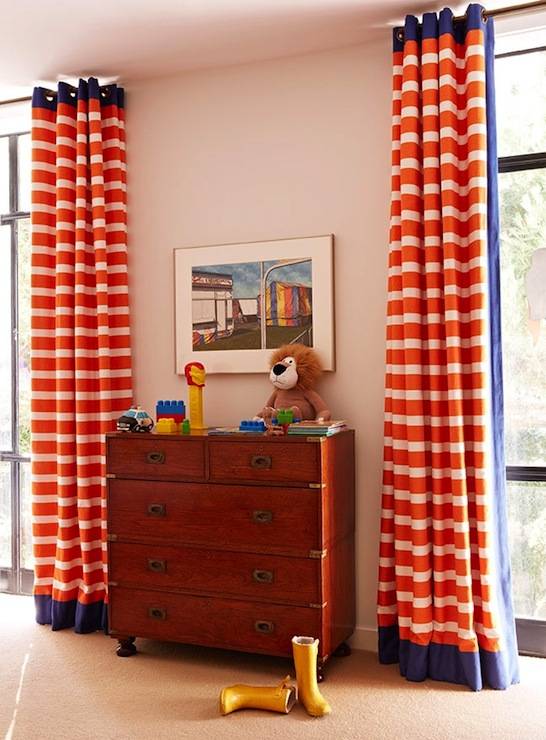
This thickness contributes to their superior ability to insulate a room, making them an ideal choice for those looking to enhance privacy or reduce energy costs by keeping a space warmer in the winter and cooler in the summer. The luxurious feel of drapes is often attributed to the materials they’re made from, which include heavy linens, velvets, and sometimes silk, adding a touch of sophistication to any setting.
Drapes typically feature a lining that further aids in their functionality, blocking out light more effectively than their curtain counterparts. This lining also plays a crucial role in protecting the fabric from sun damage, ensuring that the drapes maintain their color and integrity over time.
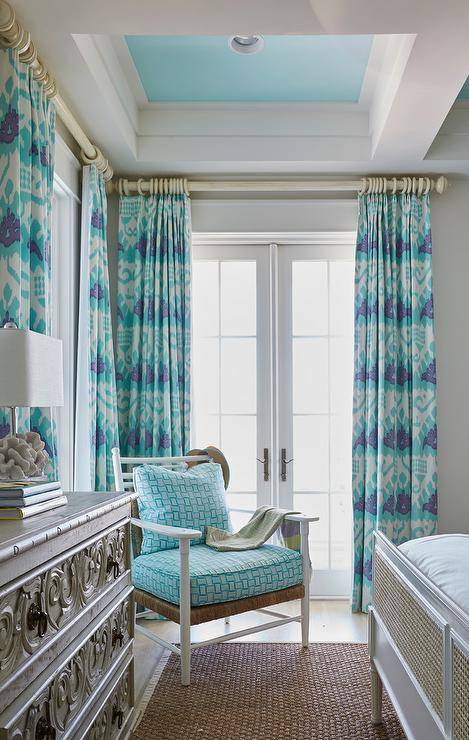
The formal appearance of drapes makes them a popular choice for living rooms, dining rooms, and bedrooms, where they contribute to a polished interior aesthetic. Their customization options, from length to fabric type, offer homeowners the ability to tailor their window treatments to match their personal style and the specific needs of their space, making drapes a versatile and practical choice in home decor.
Exploring Curtains
On the other hand, you have curtains, which also bring their own set of pros and cons that you should consider before making your decision. Curtains are known for their versatility in both style and function. Made from a variety of materials, including lightweight cotton, sheer lace, and heavier velvets, curtains offer an array of options for enhancing the ambiance of any room.
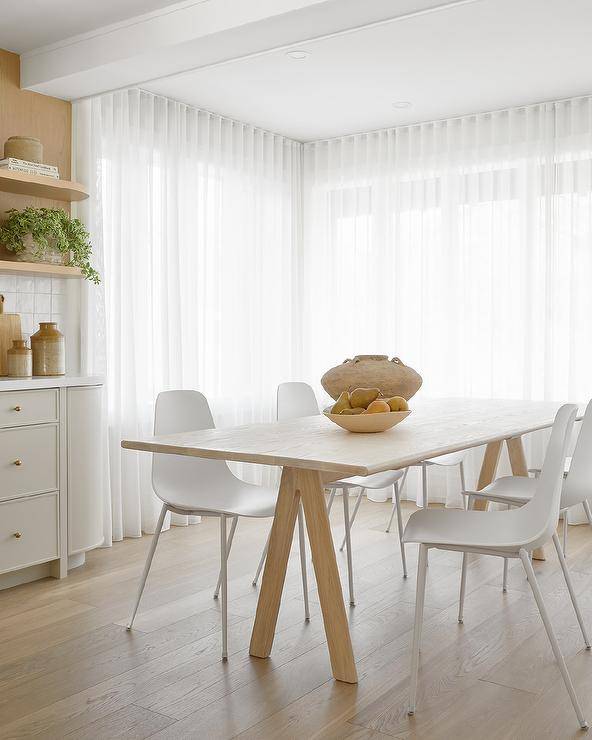
They can introduce a pop of color, add a layer of privacy, and even improve insulation. What sets curtains apart is their ability to blend seamlessly with any decor style, from the minimalistic and modern to the ornate and traditional.
Curtains come with different hanging options, such as rod pockets, grommets, or tab tops, making them adaptable to various interior design needs. This flexibility allows homeowners to switch up their space without significant overhauls, simply by changing the curtains. The ease of installation and the wide range of designs available make curtains a go-to choice for those looking to personalize their living spaces.
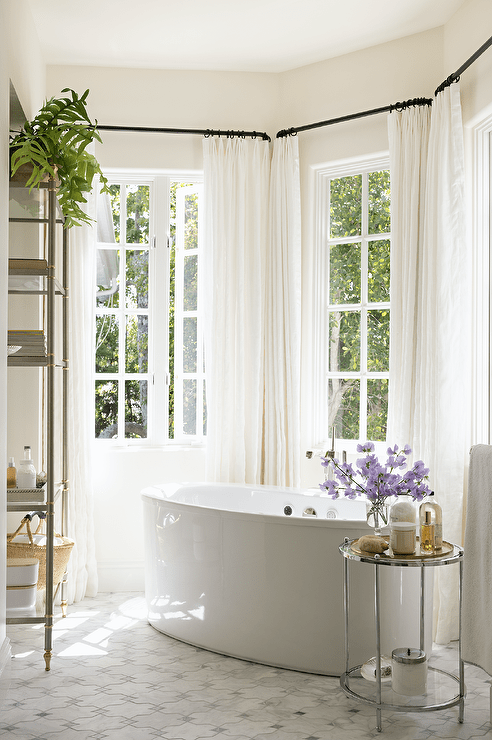
Whether aiming for a light and airy feel or a cozy, darkened room, curtains provide the tools necessary to achieve the desired effect, highlighting their unique features in the ongoing discussion of drapes vs curtains.
How Fabric Choices Differ Between Drapes and Curtains
The choice between drapes vs curtains isn’t just about style or the level of light control they offer; it also significantly hinges on the material they’re crafted from. Drapes often boast thicker, more luxurious fabrics such as velvet, silk, or heavy brocade.
These materials not only contribute to the opulent look and feel but also enhance their functionality in terms of insulation and light blocking. The weight and quality of the fabric lend drapes an air of sophistication, making them a go-to for formal spaces like dining rooms or grand living areas where they can truly make a statement.
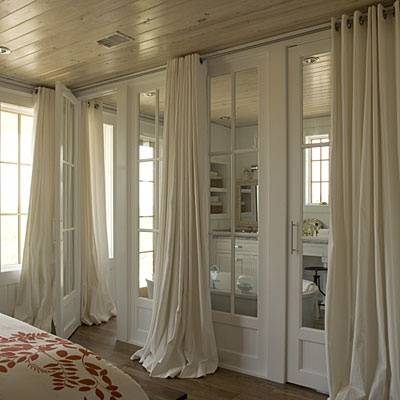
Curtains, on the other hand, present a lighter, more versatile option in terms of material choices. From gauzy sheers that allow sunlight to gently filter through to cotton or linen blends that offer a casual, airy vibe, curtains can effortlessly adapt to the ambiance of any room.
This variety in material not only affects the aesthetic and mood of a space but also impacts practical aspects such as ease of cleaning and maintenance. While some may prefer the heavy, dramatic drape of thicker fabrics, others might lean towards the breezy, uncomplicated elegance that curtains bring to a home, showcasing how material matters in the drapes vs curtains debate.
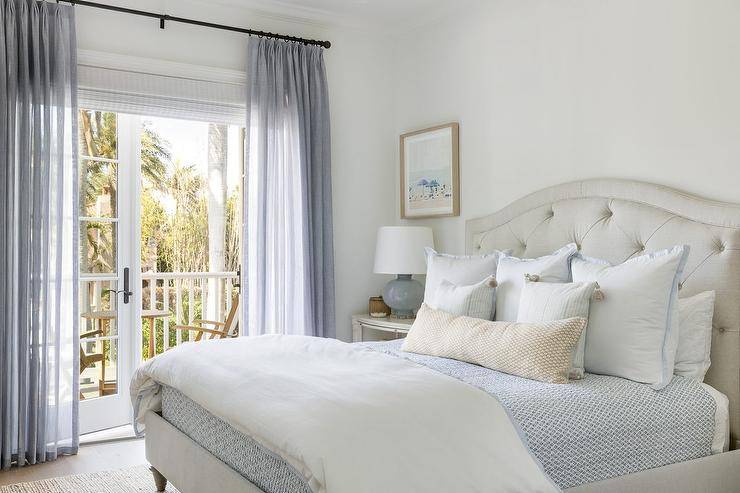
Light and Privacy
Another factor that you need to consider when choosing drapes or curtains is how each option impacts light control and privacy within a room. Curtains, typically made from lighter fabrics, offer a gentle filtration of daylight, creating a soft ambiance without completely blocking out the sun. This makes them an ideal choice for living areas where natural light is desirable but direct sunlight needs to be softened.
On the privacy front, curtains provide a basic level of protection from outside eyes, especially when made from slightly denser materials or layered for added thickness.
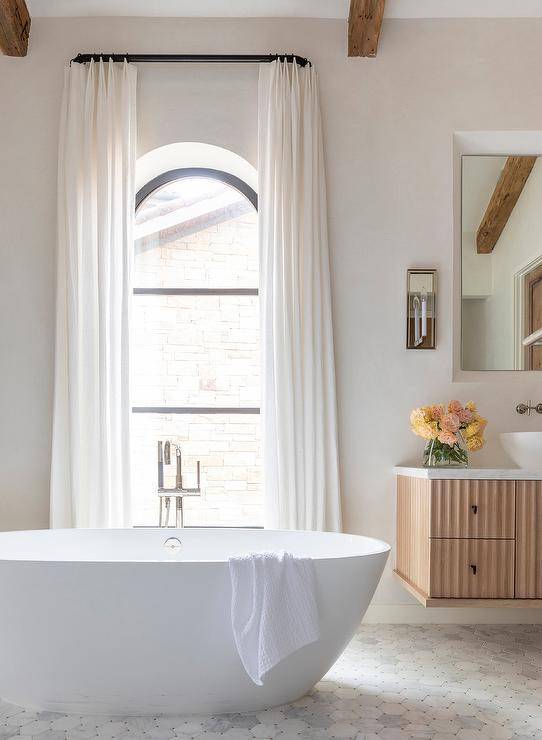
Drapes, on the other hand, are often crafted from heavier fabrics and come with a lining that significantly enhances their functionality in blocking light and safeguarding privacy. Their substantial material not only keeps a room darker when desired but also improves insulation, making them a go-to for bedrooms or spaces where total privacy and light control are paramount.
The choice between drapes vs curtains ultimately hinges on the specific needs of a space—whether the priority is maximizing natural light and maintaining a breezy feel with curtains or achieving a more controlled, secluded environment with drapes.
Aesthetic Appeal
The choice between drapes and curtains requires careful consideration of aesthetic appeal. Drapes, with their heavier fabric, often floor-length, bring a sense of formality and elegance to a space, but it needs to tie into other aspects of your room’s decor. They can frame a window beautifully, adding depth and dimension while also providing an excellent barrier against light, which can help set the ambiance of a living room or a formal dining room.
The rich textures and often more intricate patterns available in drapes can elevate a room’s design, making it feel more luxurious and thoughtfully curated.
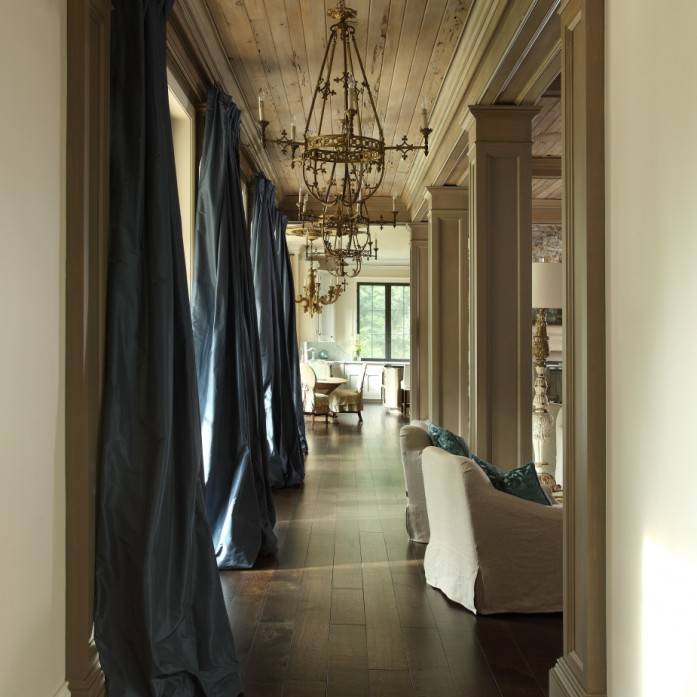
In comparison, curtains offer a lighter, more casual feel that can brighten a room and make it feel airy. The variety of materials, from sheer to linen, allows light to filter through in a way that can enhance the natural beauty of a space. Curtains can introduce pops of color, playful patterns, or a subtle, soft texture to a room, making them a versatile choice for decorators aiming to create a welcoming and relaxed atmosphere.
The decision in the drapes vs curtains debate ultimately hinges on the desired mood and functionality of the room, with each option offering unique visual and practical benefits that can complement a wide range of decor styles.
Care and Maintenance
Caring for your drapes vs curtains isn’t just about keeping them clean; it’s about extending their life and ensuring they continue to enhance the beauty of your space. Regular maintenance can prevent dust and allergens from accumulating, which is especially important for those with sensitivities or respiratory issues.
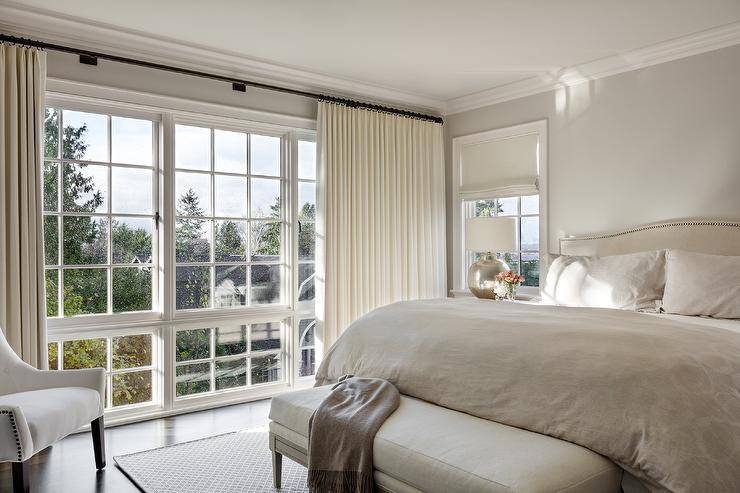
Start by gently shaking them out or using a soft brush attachment on your vacuum to remove surface dust. This simple step can make a significant difference in maintaining their appearance and freshness.
When it comes to washing, always check the care label. Some curtains can be machine-washed, making them a convenient option for busy households. Drapes, on the other hand, often require dry cleaning due to their heavier fabric and lining. Regardless of the method, washing them at least twice a year will help keep them looking their best.
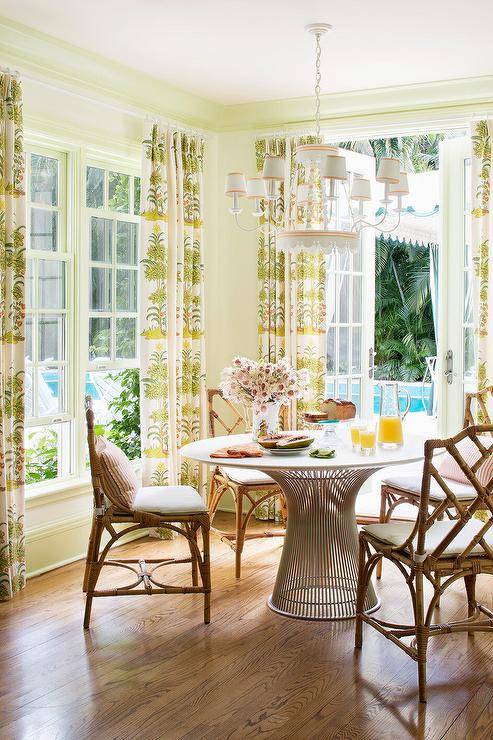
For stubborn stains, spot cleaning with a mild detergent can be effective, but test it on an inconspicuous area first. With these care and maintenance tips, your window treatments will remain a vibrant and inviting part of your home’s décor for years to come.
Making the Right Choice for Your Space
Deciding between drapes vs curtains is more than just a matter of taste; it’s about understanding the functionality and aesthetic each option brings to your space. Drapes, with their typically heavier fabric, can add a touch of elegance and drama to a room, not to mention their superior ability to block out light and offer insulation.
Curtains, on the other hand, offer a lighter, breezier feel that can make a room seem more welcoming and airy. They come in a variety of materials and patterns that can easily match any decor style. It’s important to consider the mood you want to create in your space, as well as practical aspects like light control and privacy needs.
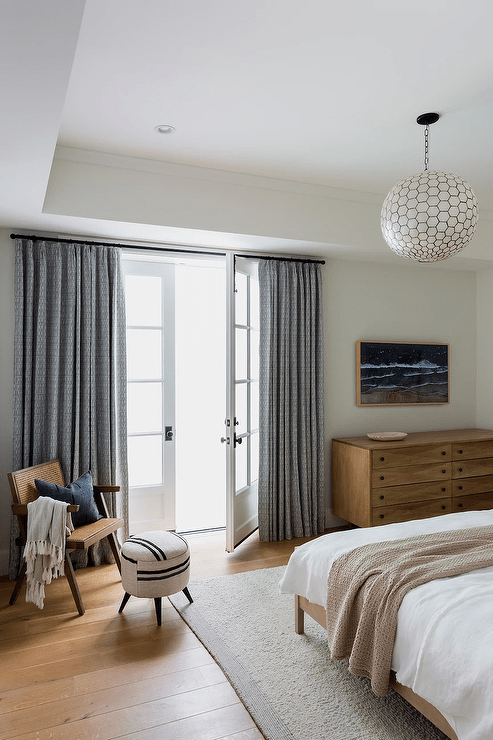
Ultimately, the choice boils down to what you value most for your space. If you lean towards a more formal or cozy atmosphere and need the added benefits of temperature control and light reduction, drapes could be the way to go.
For those who prefer a casual look with plenty of natural light, curtains might be the better option. Remember, it’s not just about the windows themselves but how the window treatments contribute to the overall feel of the room. By carefully weighing your options, you can make a choice that not only looks great but also meets the functional needs of your living space.
Frequently Asked Questions (FAQs)
What is the primary difference between drapes and curtains?
The primary difference lies in the material used and their functionality. Drapes are typically made from heavier fabrics and are lined, making them ideal for blocking out light and providing insulation. Curtains, on the other hand, are made from lighter materials and are used more for privacy and to add aesthetic appeal to a room rather than for insulation or light blocking.
How do I decide between drapes and curtains for my living room?
Consider the purpose and the aesthetic you wish to achieve. If you’re looking for something that offers elegance and can also help in temperature control or block out light, drapes might be the better choice. If you prefer something that allows natural light to filter through and adds a casual or airy feel to your living room, then curtains would be more suitable.
Can drapes and curtains be used together?
Absolutely! Many people choose to layer curtains and drapes to combine functionality with style. This allows for greater control over light and privacy, as well as the opportunity to mix and match textures and colors for a more dynamic interior design.
What factors should I consider when selecting the fabric for drapes or curtains?
Consider the function of the room, the amount of natural light it receives, and your decor style. Heavier fabrics like velvet or brocade are great for drapes in bedrooms or formal dining rooms, where privacy and a touch of elegance are desired. Lighter fabrics like linen or cotton are perfect for curtains in living rooms, kitchens, or any space where you want to promote a light, breezy feel.
How do I choose the right color for my drapes or curtains?
Look at the overall color scheme of your room, including walls, furniture, and accessories. Choose a color that complements these elements. For a subtle look, select drapes or curtains in a color that closely matches your walls. For a pop of color or to make a statement, pick a shade that contrasts with your existing decor.
What is the best way to measure for drapes or curtains?
Always measure the width of your window and then add approximately 3 to 8 inches on both sides to ensure your drapes or curtains will cover the window fully when closed. For length, decide if you want the fabric to fall just below the window sill, to the floor, or even pool on the floor for a more dramatic effect. Measure from the top of the window (or wherever the curtain rod will be placed) to your desired endpoint.
Are there eco-friendly options for drapes and curtains?
Yes, there are many eco-friendly options available. Look for drapes or curtains made from organic or recycled materials. Additionally, choosing products that are durable and high-quality can also be considered eco-friendly, as they will not need to be replaced as frequently.
Ready to bring new life to your home? Subscribe to our newsletter for exclusive interior design tips, trends, and ideas that will transform your space. Click here to subscribe!

